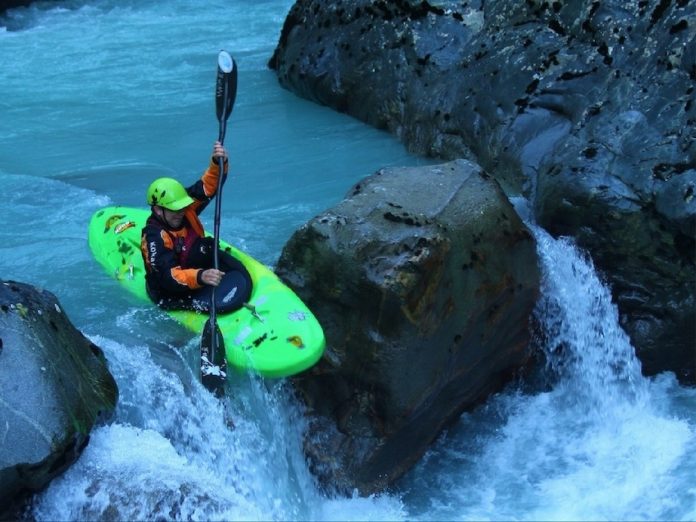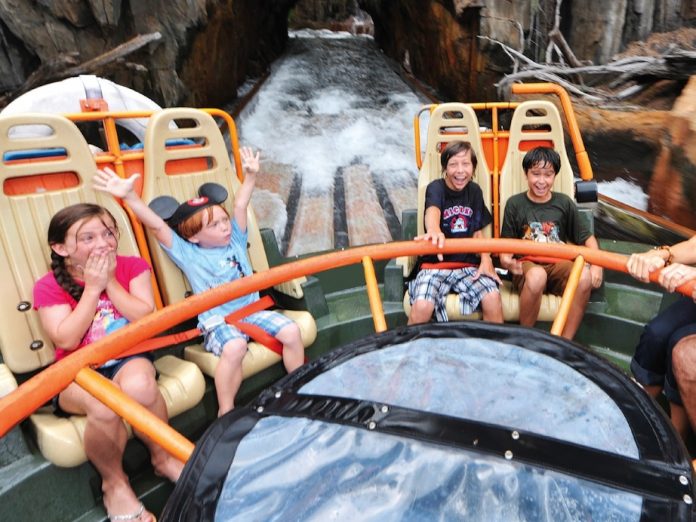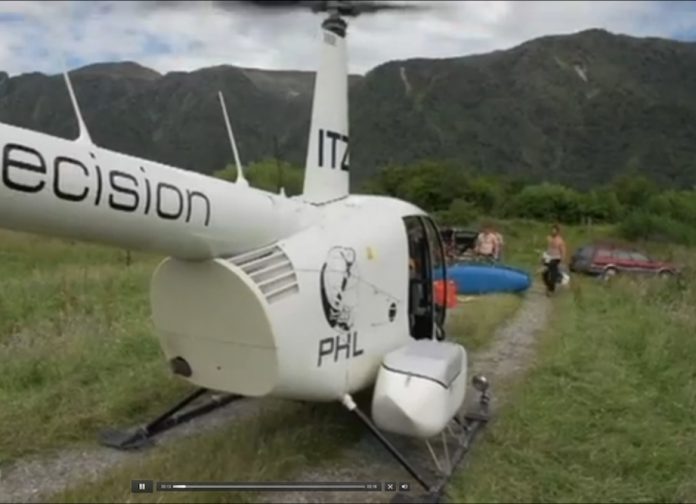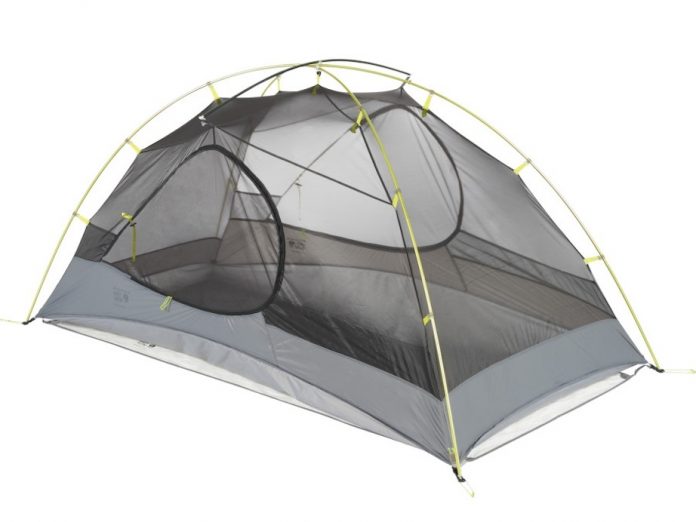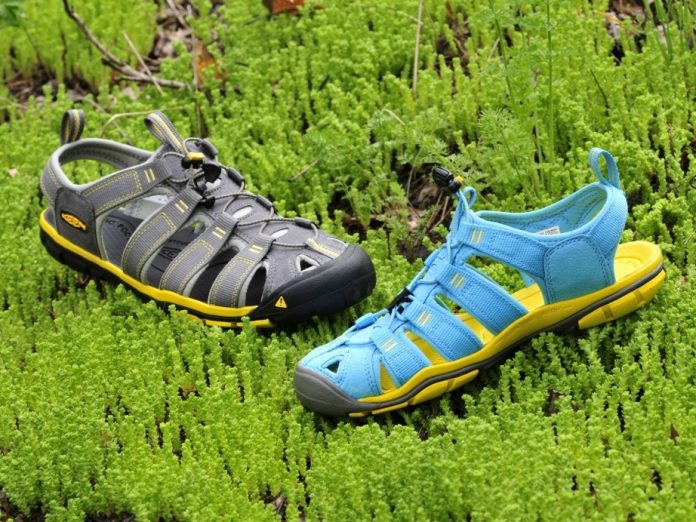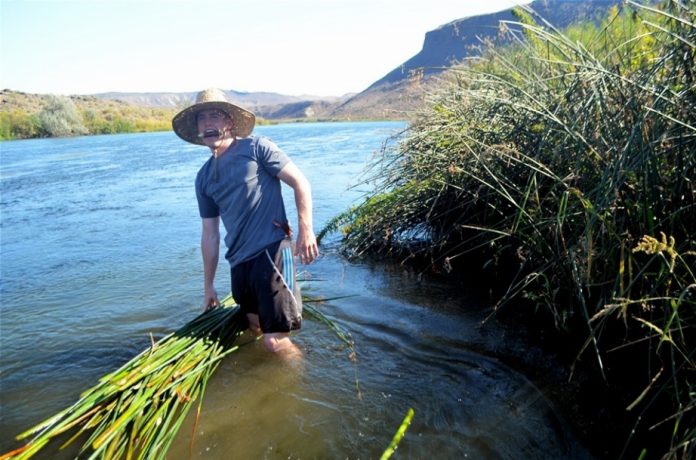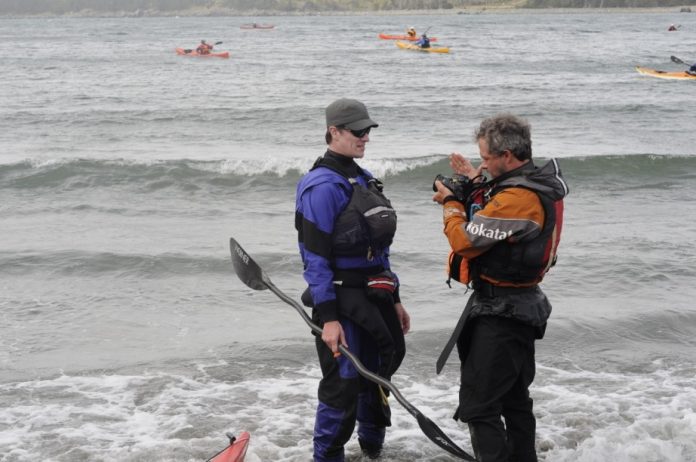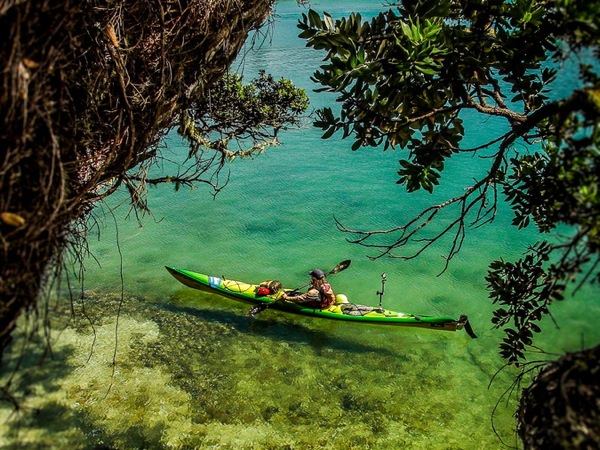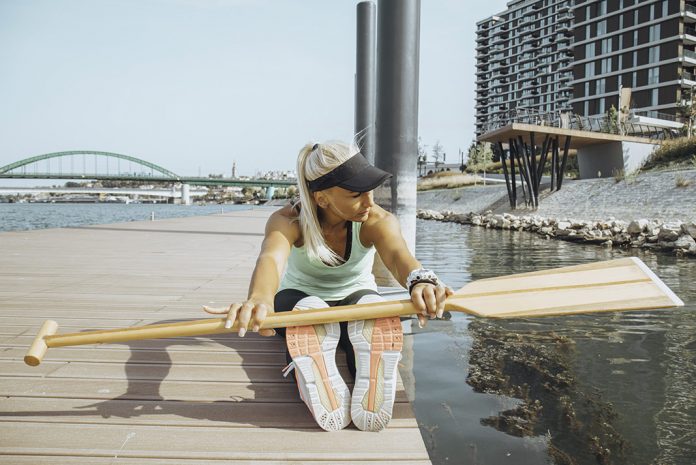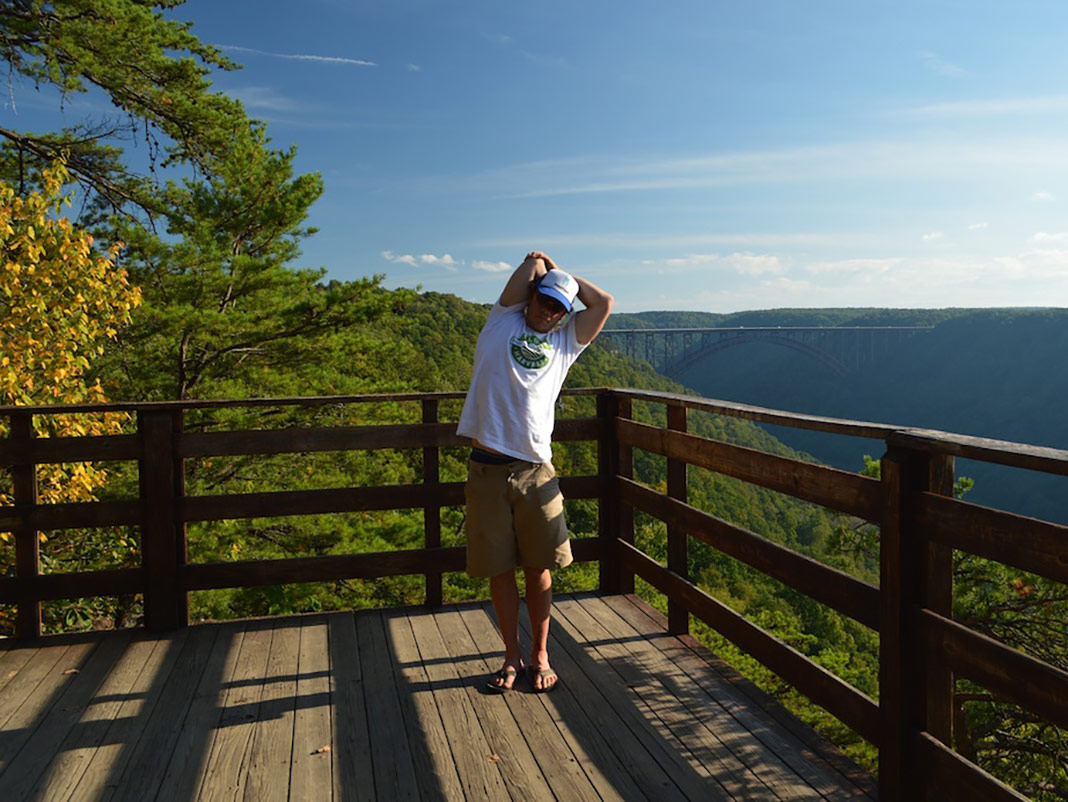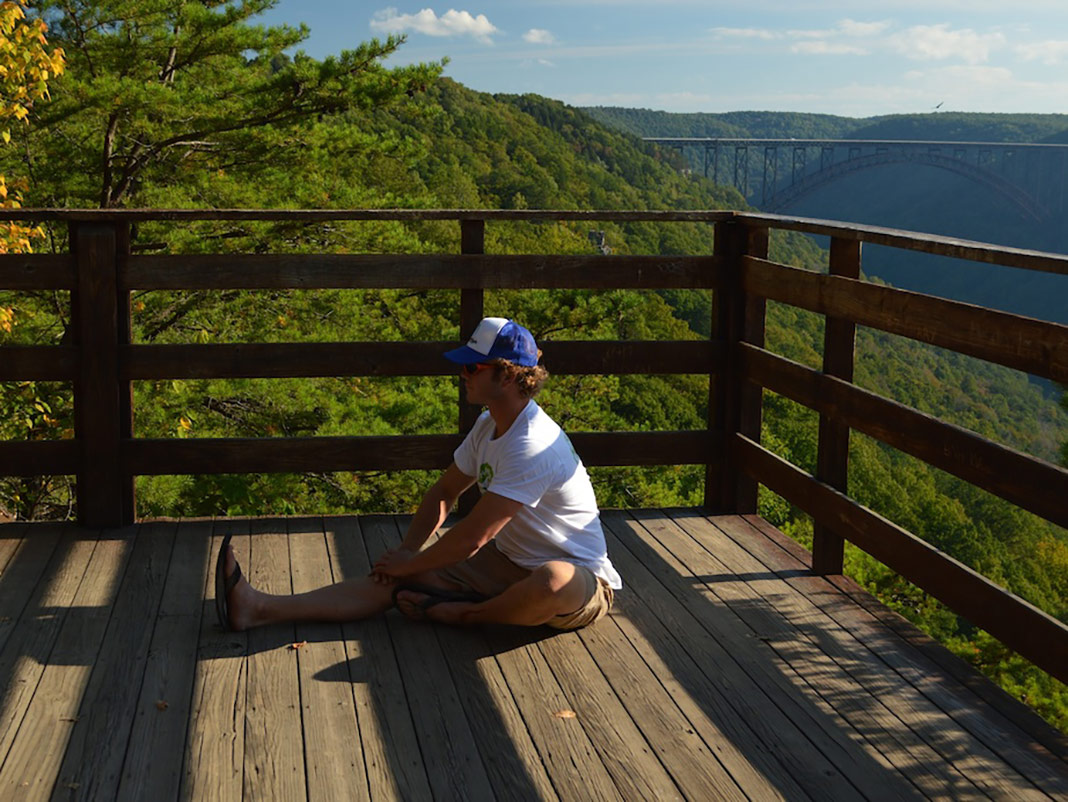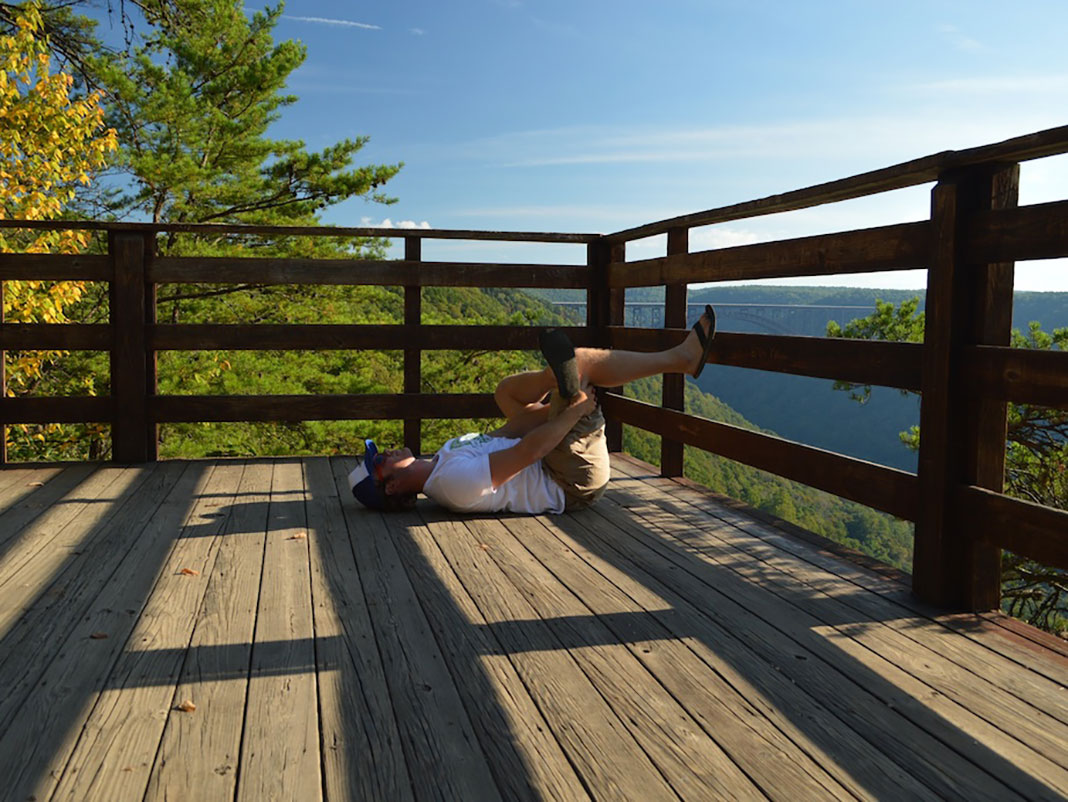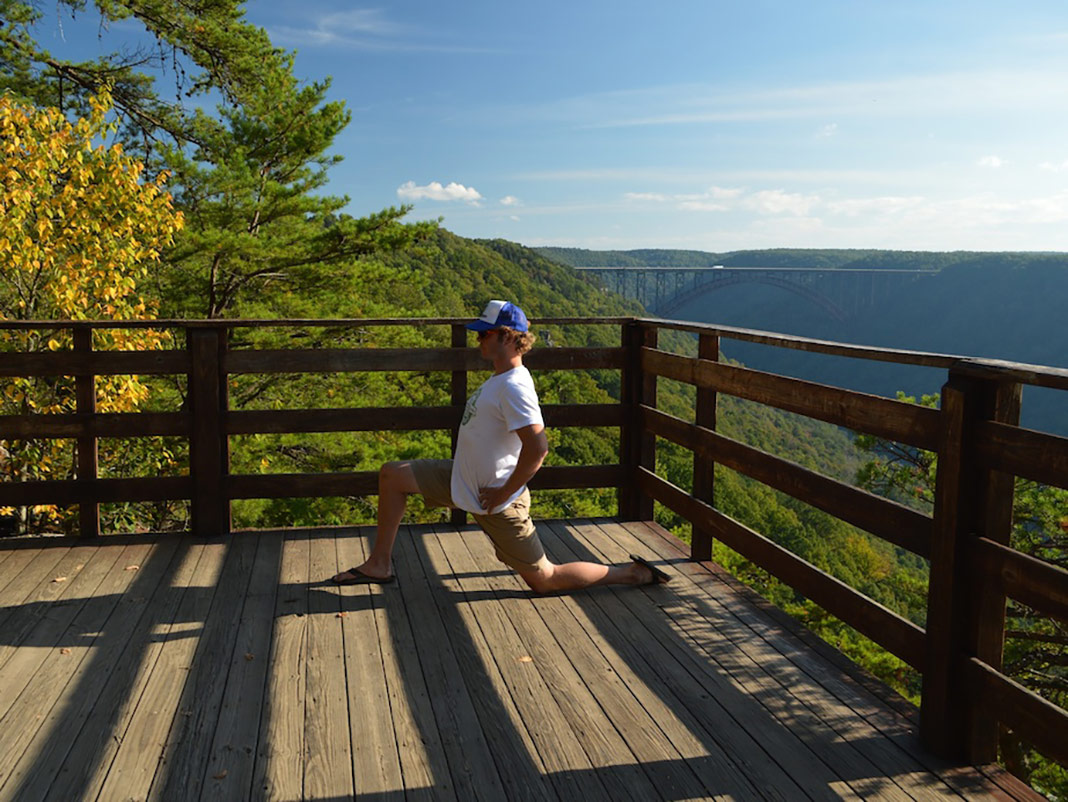There’s an Italian word that perfectly describes the feeling of successfully reaching the bottom of your most challenging waterfall or rapid. It encompasses climbing the rocks above a drop you’ve studied, and then studied some more. It covers getting in your kayak as your adrenal glands spike. The pounding heart, quickened breathing and calculated thinking.
Can I stick this? Straight at the lip. Stay forward. Be balanced. Left rudder with subtle bow lift, dropping control stroke. Tuck and lock.
When it comes, the moment arrives and passes in a blink. Glaring up from the bottom of a 50-foot cascade, my fists are pumped into the air. This is what the Italians mean when they say fiero.
Fiero is pride. It’s feeling dignified and accomplished. It’s body chemicals flooding the brain with feel-good dopamine. Musicians get fiero. Athletes get fiero. And yes, kayakers get fiero. We love it.
The feeling of fiero guarantees you’ll be stoked all week—if not for the year. You may never feel fiero more than after a first descent.
Discovering and being the first to navigate any location on the planet is a remarkable feat that takes knowledge and skills to accomplish. Explorations through uncharted lands and waters throughout history have been financed for the desire to be there first—it was that, or the promise of gold. The credit of any first discovery was enough to elevate one to legendary status. Even U.S. President Theodore Roosevelt felt the first descent magnetism when his team completed the River of Doubt, now known as Rio Roosevelt, through uncharted Brazilian rainforest, despite the dangers of the dark jungle. And what of Lewis and Clarke? John Wesley Powell. Scott Lindgren. Tyler Curtis. Ben Marr. Chris Korbulic. Tyler Bradt.
At the age of 42, my dreams of a first descent had all but faded to the occasional expedition fantasy and nostalgia for having the kayaking skills and physical ability owned years prior. From my Chilean kayakers’ hostel, it was easy to watch the young bucks charging, making their mark and sharing their latest and greatest missions. They were notching bigger drops, more laps per day and taking on harder access—the proverbial bar was rising.
It’s natural to crave excitement in our lives. For many kayakers, a first descent is on the bucket list. Just exploring the planet with Google Earth gets exciting when you think you’ve made a discovery. My friend, Tino Specht, did exactly that, investing all of his free time, researching every detail and tiptoeing the line of gathering knowledge without publicly announcing a potential discovery.
So when Tino asked if I’d like to do a first descent in southern Patagonia, I pondered for four days. Can I keep up? Am I in good enough shape to lug my boat? Will I regret it if I don’t go? What are the costs? Do it, David, I told myself. Do it. Four days later, my text to Tino simply read, “I’m in.”
At the bottom of that 50-foot waterfall, I was filled with fiero. Then, an email came in the fall that I expected to confirm our first descent. Instead, its author said he was with a crew in 1998 that first descended the Upper Canyon of the Rio Blanco.
Damn, I thought, back to the drawing board. That fix of fiero had me craving another attempt.
David Hughes is the director of www.patagoniastudyabroad.com, a university semester abroad program for kayakers, and owner Chile’s Pucon Kayak Hostel.
This editorial originally appeared in the 2014 Paddling Buyer’s Guide. Download our free iPad/iPhone/iPod Touch App or Android App or read it on your desktop here.



